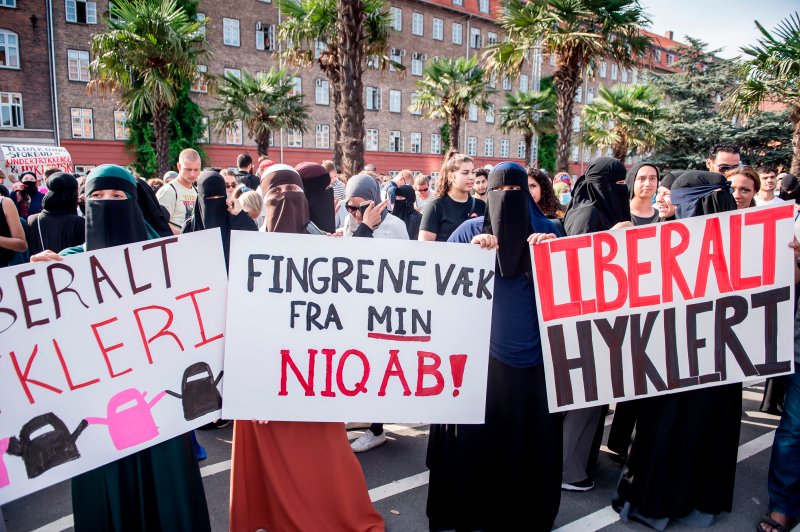Anti-Trans Rhetoric is Fueling a Pandemic of Violence
 Wednesday, December 1, 2021 at 06:02PM
Wednesday, December 1, 2021 at 06:02PM (Published on Globalhumanrights.org)
Over the past months, prominent media outlets—including the Guardian and the BBC—have repeatedly published hateful expressions of transphobia. Articles cite high-profile anti-trans figures like JK Rowling and obscure transphobic talking points as open-ended questions—a way of “problematizing” the matter, as if the implication of inquiry creates some distance from the intentional hostility.
Much of this rhetoric is pushed by self-professed feminists. But evidence shows that their exclusionary arguments are harmful to all women, including those who are trans or intersex. Cattrachas, a feminist collective in Honduras supported by the Fund for Global Human Rights, has for the past two decades been documenting details of violence against LGBTQ persons and women in that country. What they’ve found has been clear: when one goes up, so does the other.
Don’t see the connection? Hear me out.
Conservative movements have long sought to define what a “real” woman is and to shame—implicitly or explicitly—anyone who doesn’t meet their standards. This has taken many different forms. For example, some seek to regulate women’s clothing, whether they are pushing for laws that forbid women from wearing headscarves or force them to. Others want to police the testosterone levels of athletes. Even mainstream women’s groups have contributed to policies that harm women, such as Equality Now and the Fawcett Society’s past support for the punitive Swedish model of sex work criminalization.
Anti-trans rhetoric comes from the same anti-feminist well. The move to exclude trans women from all-women spaces, such as bathrooms, is another way to define, restrict, and control the gendered expression of all women. In doing so, it directly affects any woman who doesn’t gender conform—in other words, any woman who doesn’t meet a narrow definition pushed by conservative groups.
I know I am a woman—and that identity is important to me. But it’s not because I have a vagina and like to wear dresses (though I do). It’s not because being a mother has been one of my greatest joys (though it has). It’s certainly not because I meet some stereotypically feminine standard. (In fact, the things people say define me are anything but: I am loud and opinionated. I own a full set of power tools that I use often and well. I am notoriously independent, physically strong, and I work hard to keep it that way.) And nothing about my identity is challenged, threatened, or otherwise nullified by someone else knowing they are a woman too.
By letting trans-exclusionary groups define who gets to call themselves a woman and who doesn’t, we’re accepting that every woman’s appearance—including our makeup, clothing, behavior, and physical attributes—can be policed in the name of “gender purity.” And because the policing of trans and gender queer folks has always been violent, trans-exclusionary rhetoric ultimately justifies misogynist violence.
That’s why it is no coincidence that the worst pandemic of anti-trans violence on record is happening at the same time that violence against all women is on the rise. In the Unites States, 2021 has already been the deadliest year for trans and gender non-conforming people.
I know, of course, that not everyone who makes these arguments or shares these articles deliberately wants to harm women. But at some point, we all have to look at the consequences of our words and actions, regardless of what we think we meant or how we intended them. This goes for the Guardian and the BBC, it goes for self-professed feminists who are harming all women through their anti-trans rhetoric, and it goes for all of us.
Next time someone you know makes an anti-trans “joke” or statement, help them make the connection between rhetoric and real-life violence. It’s literally a matter of life or death.
